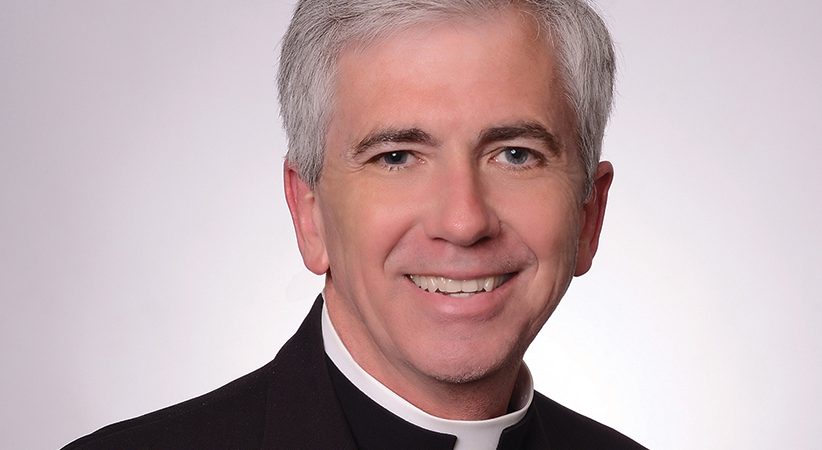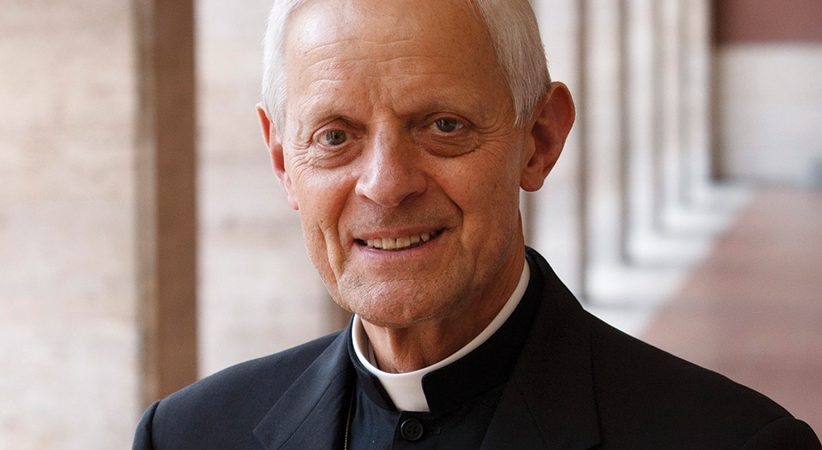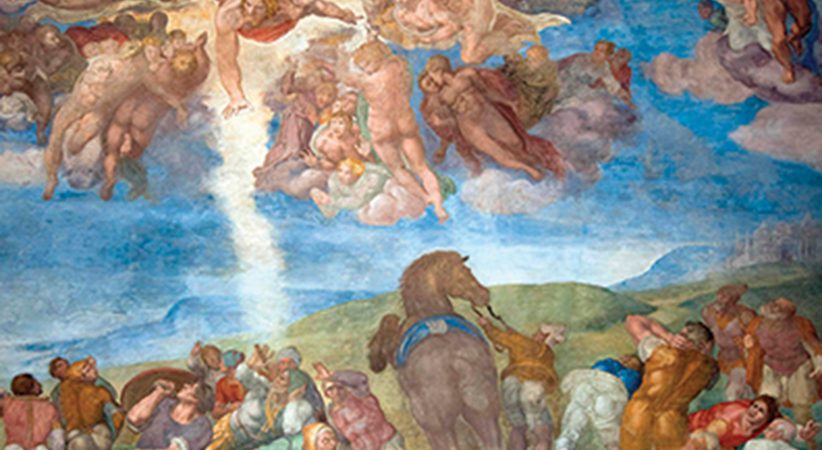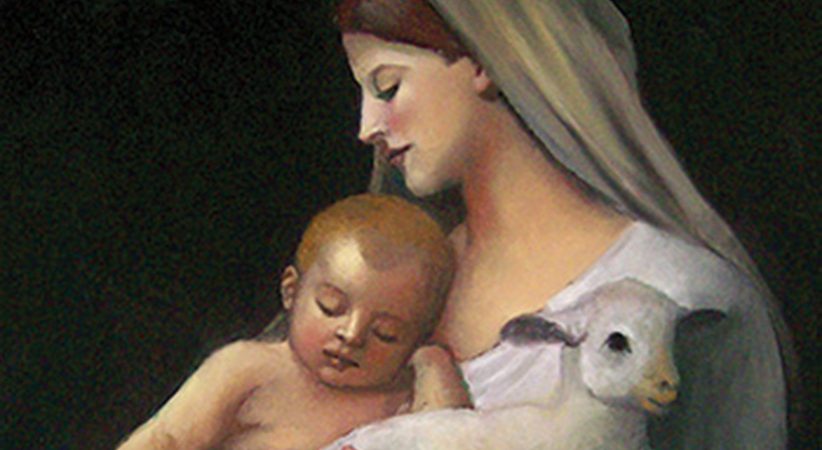Perpetual Springtime
We learn and grow in our priesthood for the good of the Church
Bishop David J. Bonnar Comments Off on Perpetual Springtime
In the portion of the Lord’s vineyard in which I live, otherwise known as northeastern Ohio, there is great excitement about the onset of spring. The sight of robins, the softening of the ground, the sound and smell of April showers, along with warmer temperatures and increasing daylight, collectively signal the possibility of growth. Indeed, there is something so hopeful to this annual ritual of nature, which yields new life. Recalling the blustery cold and mounds of snow and ice from the winter in this part of the world, often referred to as “the snowbelt,” make this moment even more refreshing and welcoming.
What we as human beings witness every year with the change of seasons is not exclusive to nature, for we also undergo our own seasons of the heart. It could be argued that we experience the changings of the seasons in our life and ministry as priests but perhaps not in the same systemic way. For example, there is the spring of change in an assignment yielding new relationships and possibilities. There is the summer of a sabbatical or extended retreat that can produce much-needed reflection and rest. There is the fall of harvests and endings that need to be ritualized and celebrated. And then there is the winter of hurt, disillusionment and isolation. The recent pandemic was one long extended winter for us all.
This current time of spring is a reminder to us priests of the need for a perpetual springtime in our priesthood. To ensure this kind of lasting spring is to be intentional, every day, about continual learning and growth. Learning does not end at ordination. We are not to stop growing when we leave the seminary, the place where seeds come to fruition. The “Guide to Ongoing Formation for Priests” states: “We always have more to discover and more ways to progress personally in our priestly ministry. Changes in life demand that we be prepared to continue adapting to new circumstances. We have a need, then, for constant dedication to learning and growth” (No. 40). Indeed, learning and growth can produce a healthy and vibrant priesthood.
We must commit ourselves to a life of learning and growth around the four dimensions — human, spiritual, intellectual and pastoral. Each of these so-called pillars demands a particular focus. We can ill afford to dismiss any of these because they are so integral to our life and ministry as priests.
The “Guide to Ongoing Formation for Priests” speaks about the synergy of the four dimensions. “Just as the integration of the four dimensions is vital to seminarians, ongoing formation strives to continue integrating the dimensions in priests. Each of the dimensions deserves our attention. If four rowers are pulling a boat, each needs to pull with equal force, or the boat makes little progress” (No. 69). What kind of progress is the boat of our priesthood making through the waters of life? Do we find ourselves clicking on all cylinders?
In “The Joy of the Gospel,” Pope Francis states: “We must keep in mind, however, that we are constantly being called to grow. Each culture and social group needs purification and growth” (No. 69). He adds, “Of course, all of us are called to mature in our work as evangelizers” (No. 121).
If we are to learn and grow in our priesthood for the good of the Church, then every day must be like spring in our lives as priests. With every intentional effort at learning and growing not only do we make our priesthood more solid and our ministry more vital, but we also do our part to make the presbyterate stronger and more refined. As we seek to save souls and serve the spiritual needs of the faithful, it takes every single one of us rowing together, mindful of our ever-present need to mature every day in the four dimensions. Essentially, this means that we should think of spring, each day, with all its seeds for growth. This also suggests that while we move on from the seminary, which comes from the Latin word seminarium, meaning “seed plot” or “breeding ground,” we do not stop learning and growing. The seminary is not the last place where this happens but merely the first place of many more to come.
BISHOP DAVID J. BONNAR, editor of The Priest, is bishop of the Diocese of Youngstown.





